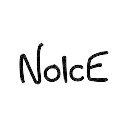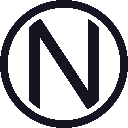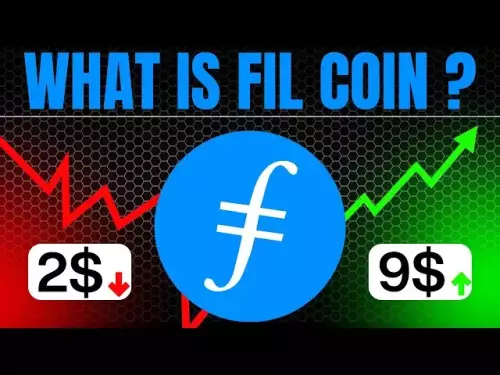The promise of Web3 has always been a more user-centric internet, where individuals have greater control, ownership, and access. As of May 2025, projects like Oraichain, Pinlink, and RSS3 are turning this vision into a tangible reality, each contributing to an ecosystem that prioritizes the user in unique yet complementary ways.

In the burgeoning landscape of Web3, a core promise that continues to drive innovation is that of a more user-centric internet. This vision is being brought to life by projects like Oraichain, Pinlink, and RSS3, who are each making distinct yet complementary contributions to an ecosystem that prioritizes the user in unique ways. As of May 2025, these projects are steadily turning this vision into a tangible reality.
Oraichain is at the forefront of placing trust at the heart of the user experience through verifiable AI. With an increasing integration of AI into decentralized applications, Oraichain’s Layer 1 platform and oracle services become crucial. They ensure that the AIs used in DApps are transparent and their operations are readily auditable.
This means users engaging with AI-powered DApps on Oraichain can have greater confidence in the fairness and reliability of the underlying logic, a critical aspect for driving mainstream adoption. The ORAI token is used to secure the network and participate in the governance of this AI-centric network.
Pinlink is another project making significant strides, this time in democratizing access to and ownership of valuable physical infrastructure. Its DePIN (Decentralized Physical Infrastructure) platform permits individuals to tokenize and monetize their own compute hardware, such as GPUs, or other physical assets.
This allows AI developers, researchers, and other users to access the computing power they need at potentially lower costs, breaking down the traditional barriers to entry in the high-performance computing market. More people can participate in the AI revolution, and new use cases can be unlocked. The PIN token is used for rental payments and to distribute revenue amongst contributors to the DePIN network.
Meanwhile, RSS3 is revolutionizing how we interact with information online and own our digital footprint. As an Open Information Layer, RSS3 is facilitating the free flow of data and interoperability between various platforms, in contrast to the data silos characteristic of Web2. This will enable users to own and manage their content, social connections, and online activities in a way that is not tied to specific platforms.
Moreover, RSS3 provides a standard for structuring and tagging data in a machine-readable format. This allows developers to build applications that can seamlessly integrate with various platforms and extract the information they need, facilitating the creation of user-centric applications where data portability and user sovereignty are paramount. The RSS3 token supports the functions of this open network.
Together, Oraichachain’s trustworthy AI, Pinlink’s accessible hardware economy, and RSS3’s open information framework are key to realizing a more standard Web3 where users are not just consumers but active, empowered participants throughout.








































![Internet Computer Price Prediction [ICP Crypto Is A Hold?] Here’s Why Internet Computer Price Prediction [ICP Crypto Is A Hold?] Here’s Why](/uploads/2025/10/11/cryptocurrencies-news/videos/internet-computer-price-prediction-icp-crypto-hold/68e9ac40cf659_image_500_375.webp)


































